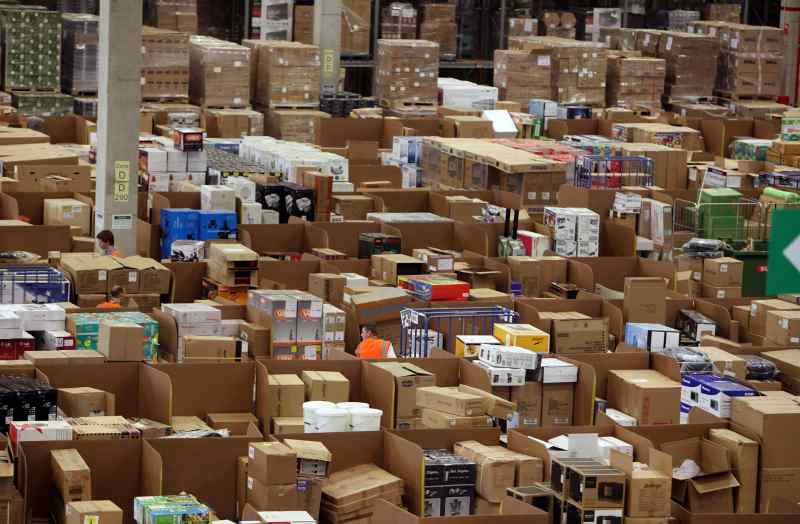NEW DELHI: The government’s statisticians could soon be taking a closer look at the discounts on Amazon, Flipkart and Snapdeal but they won’t necessarily be buying anything.
The statistics ministry plans to include ecommerce in the calculation of the consumer price index (CPI) — a key indicator for the Reserve Bank of India when determining monetary policy — as more Indians take to shopping online.
The ministry wants to refine the CPI basket of goods by capturing price movements in the online space, said an official with knowledge of the move. A growing chunk of the urban population is going online for necessities such as groceries apart from clothing and footwear, a trend that’s not getting captured in the data set.
“Online shopping is not in our CPI basket now and since price movements may be different for a few items as compared to the regular shopping, we may include some of them as we find there is a scope for improving the basket,” said the official.
Goldman Sachs has projected that India’s online retailing market, already one of the largest in the world, will expand to $69 billion in 2020 from $23 billion in 2016.
“We are not getting price data for this set of the universe due to the way this data is collected at present. It is a refinement, not a drastic change,” the official added.
The ministry has identified some online retailers with RBI’s help to understand price movements due to discounts offered by them.
However, these are only preliminary discussions since the government is between two base revisions for CPI.
Last year, the Central Statistics Office revised the CPI base year from 2010 to 2012 to make it consistent with the international practice of shorter reference periods for most food articles and longer reference periods for items of infrequent consumption and purchase.
Under the current methodology, price data are collected from specific towns by the National Sample Survey Organisation (NSSO) and from selected villages by the postal department. “If a change in the index has to be done, it will be done only when the base is revised.
We are only exploring this because even though this shopping is done online, it is paid for by the consumer only,” said another official. The move was welcomed by experts.
“At least for the urban population, it is important to capture such new formats in calculating inflation,” said Crisil chief economist DK Joshi.
India’s retail inflation eased to 5.18% in February compared with 5.69% in January and 5.37% a year ago, the statistics office said March 15, raising expectations that RBI will cut interest rates. The next monetary policy announcement is scheduled for April 5.
